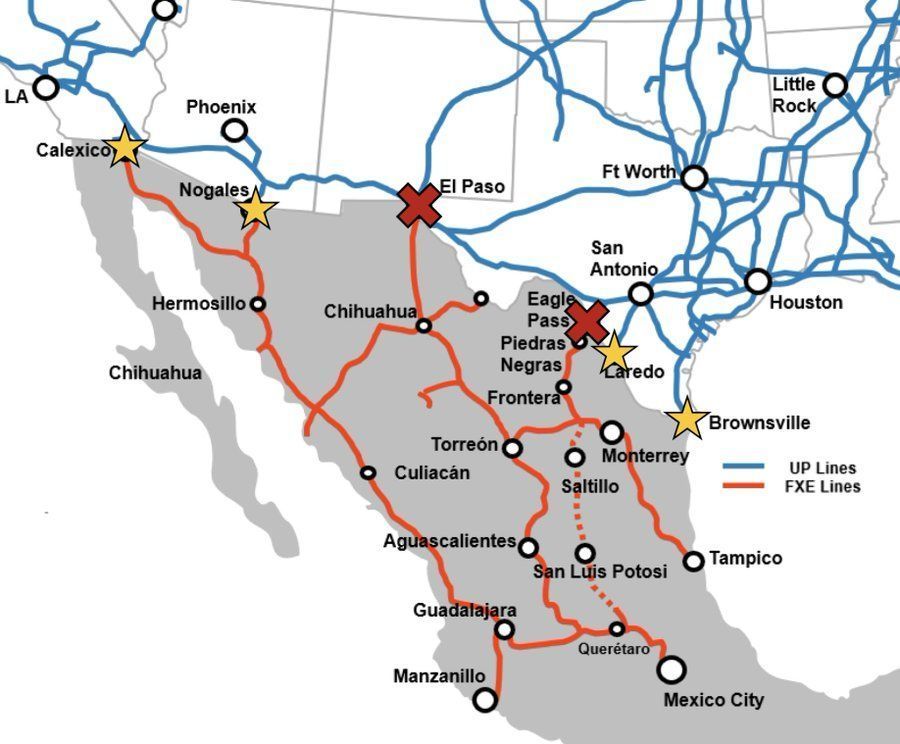Illinois Corn Farmers Concerned About Rail Crossing Closures to Mexico

Today, the IL Corn Growers Association reacted to the U.S. Customs and Border Protection’s (CBP) closing of international rail crossings at Eagle Pass and El Paso, Texas. The rail crossings have been closed since 8 am on December 18, effectively implementing an embargo of American grain into Mexico.
Mexico is the top export destination for U.S. corn farmers and much of that U.S. corn is grown in Illinois. In 2023, about 64 percent of all corn shipments to Mexico were by rail. Of that total, shipments originating in Illinois represent 41 percent of all rail movements of corn to Mexico. Any delay or increase in transportation costs will negatively impact Illinois farmers immediately through lower cash bids and reduced demand from exporters.
The closures of these border crossings are critically important for the movement of grain from the U.S. to Mexico. El Paso and Eagle Pass are historically the second and third most important corn shipment points behind only Laredo. From 2020 to 2022, El Paso handled $1.6 billion in corn shipments, while Eagle Pass handled $2.3 billion.
A second dire concern is for the Mexican livestock. These farms are so integrated into the supply chain system that they rely upon “just-in-time” deliveries. An unplanned elimination of U.S. corn supply leaves Mexican livestock farmers without feed for their animals.

In response, IL Corn issued a letter to multiple members of the Illinois delegation, expressing our concern at the closed rail crossings, the inability to trade effectively with our number one international customer, and the need to rectify the situation immediately.
In the letter, the association states, “Illinois corn farmers pride themselves on their ability to produce and dependably deliver the highest quality grain in the world to customers across the globe. Not only are our partners in Mexico at risk of animal loss, our reputation as a reliable trading partner hangs in the balance.”
Read what other impacted parties are saying here:






